Imagine you had a robotic dog, and you wanted to try to program it to just do something basic, like walking.


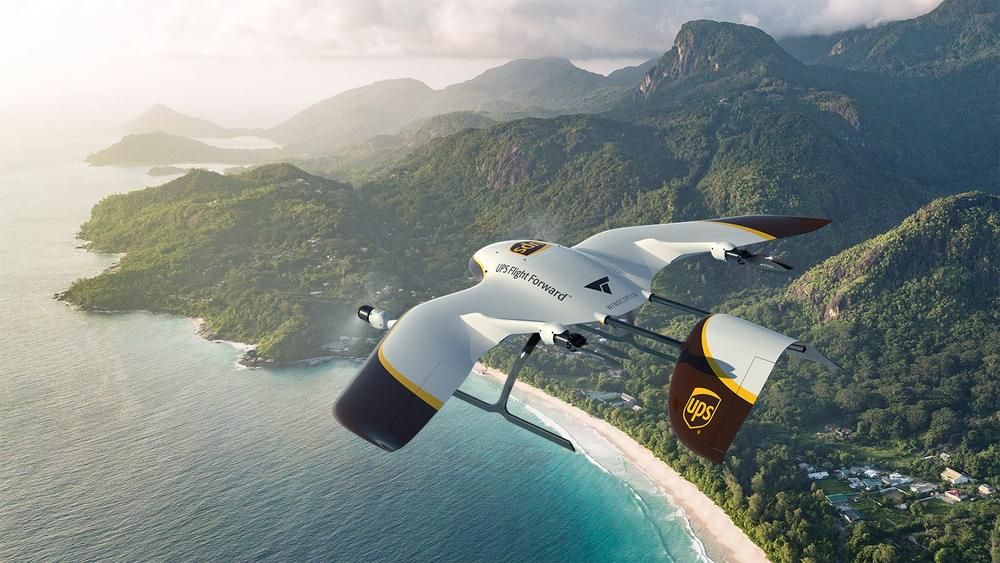
Wingcopter and UPS Flight Forward (UPSFF) are collaborating to develop package delivery drones.
The companies will work toward earning regulatory certification for a Wingcopter unmanned aircraft to make commercial delivery flights in the United States, according to a news release. This partnership represents “a critical step toward building a diverse fleet of drones with varying capabilities to meet even more potential customer needs.”
The Wingcopter drone is capable of vertical takeoff and landing in tight spaces and transitioning to high-speed horizontal flight. Its patented tilt-rotor mechanism enables a seamless transition between the two drone modes—multicopter for hovering and fixed-wing for low-noise forward flight. The aerodynamic drone provides stability even in harsh weather conditions.

Last March, Chinese researchers announced an ingenious and potentially devastating attack against one of America’s most prized technological assets—a Tesla electric car.
The team, from the security lab of the Chinese tech giant Tencent, demonstrated several ways to fool the AI algorithms on Tesla’s car. By subtly altering the data fed to the car’s sensors, the researchers were able to bamboozle and bewilder the artificial intelligence that runs the vehicle.
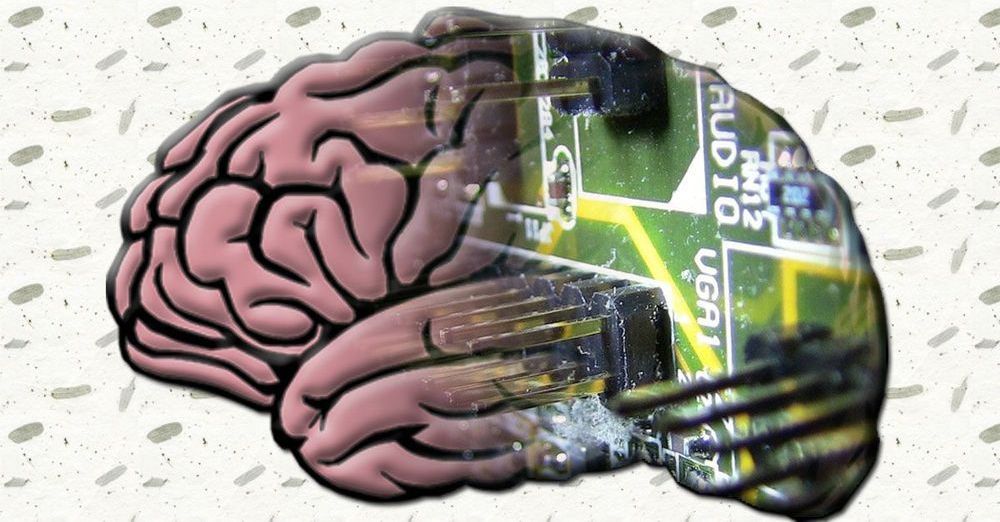
Researchers from Carnegie Mellon and the University of Pittsburgh today published research showing how they’d solved a frustrating problem for people who use a brain-computer interface (BCI) to control prosthetic devices with their thoughts.
While the research itself is interesting – they created an algorithm that keeps the devices from constantly needing to be re-calibrated to handle the human brain’s fluctuating neuronal activity – the real takeaway here is how close we are to a universal BCI.
BCIs have been around for decades in one form or another, but they’re costly to maintain and difficult to keep working properly. Currently they only make sense for narrow use – specifically, in the case of those who’ve lost limbs. Because they’re already used to using their brain to control an appendage, it’s easier for scientists and researchers to harness those brainwaves to control prosthetic devices.
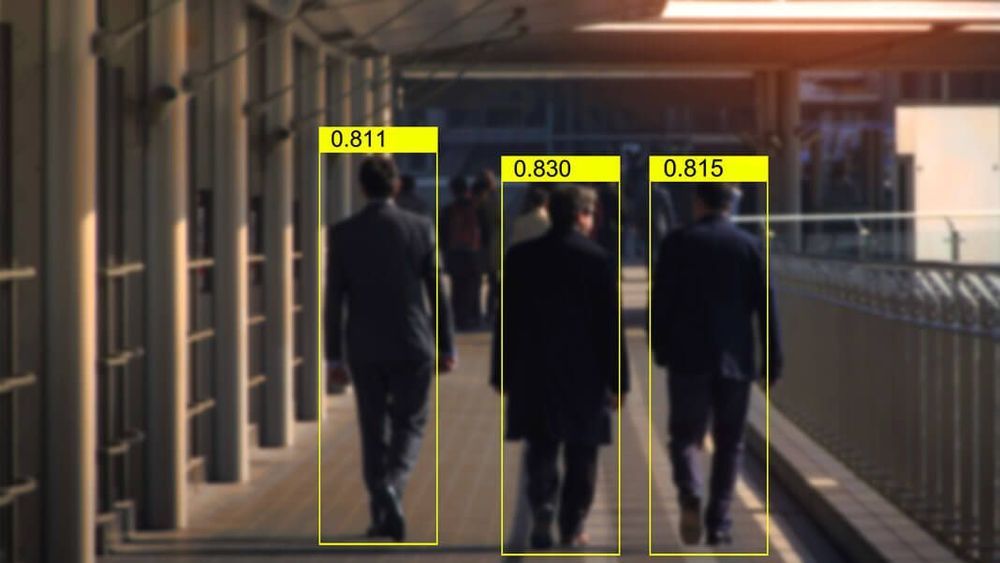
What police would do with the information has yet to be determined. The head of WMP told New Scientist they won’t be preemptively arresting anyone; instead, the idea would be to use the information to provide early intervention from social or health workers to help keep potential offenders on the straight and narrow or protect potential victims.
But data ethics experts have voiced concerns that the police are stepping into an ethical minefield they may not be fully prepared for. Last year, WMP asked researchers at the Alan Turing Institute’s Data Ethics Group to assess a redacted version of the proposal, and last week they released an ethics advisory in conjunction with the Independent Digital Ethics Panel for Policing.
While the authors applaud the force for attempting to develop an ethically sound and legally compliant approach to predictive policing, they warn that the ethical principles in the proposal are not developed enough to deal with the broad challenges this kind of technology could throw up, and that “frequently the details are insufficiently fleshed out and important issues are not fully recognized.”
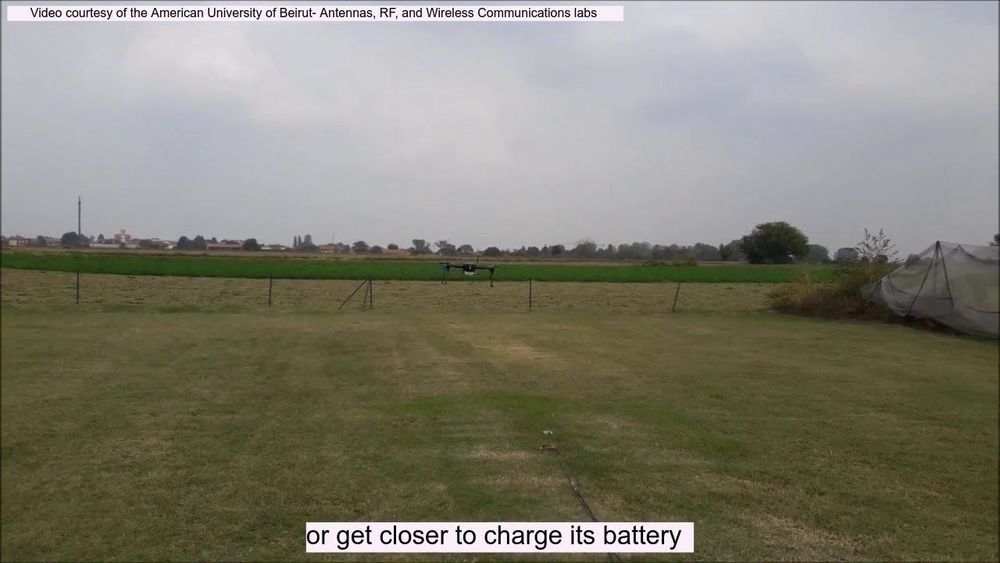
Here’s another neat thing drones can do—beam power across the sky to recharge sensors in hard-to-reach places.
Remote sensors play a valuable role in collecting data—but recharging these devices while they are scattered over vast and isolated areas can be tedious. A new system is designed to make the charging process easier by using unmanned aerial vehicles (UAVs) to deliver power using radio waves during a flyby. A specialized antenna on the sensor harvests the signals and converts them into electricity. The design is described in a study published 23 March in IEEE Sensors Letters.
Joseph Costantine and his colleagues at the American University of Beirut, in partnership with researchers at the Institute of Electronics, Computer, and Telecommunications Engineering in Italy, were exploring ways to remotely charge sensors using radio frequency waves (the same form of energy used to transmit Wi-Fi). However, a major challenge was that the source of the radio waves must be fairly close to the sensor in order to sufficiently charge it.
This prompted the researchers to consider the use of UAVs, which could soar over each sensor. “In addition, a UAV can follow an optimized trajectory that maximizes energy transfer to the sensors in question,” Costantine explains. He says his team developed this system to control and recharge sensors used in agriculture, but that it could be extended to any situation where sensors are deployed in hard-to-reach areas.
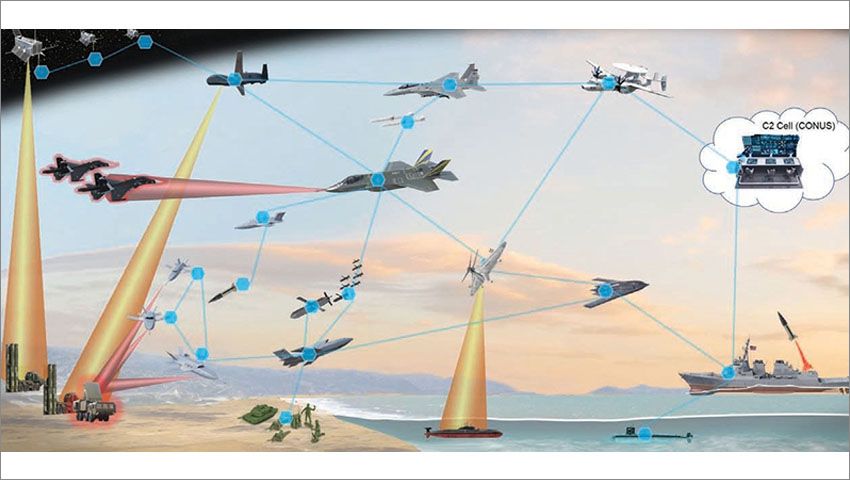
The airspace above future battlefields is expected to be increasingly congested with large numbers of unmanned aerial systems, manned aircraft, munitions and missiles filling the skies. To de-conflict airspace activities of friendly forces and rapidly counter an enemy’s actions on the battlefield requires new technologies to effectively integrate effects from all domains.
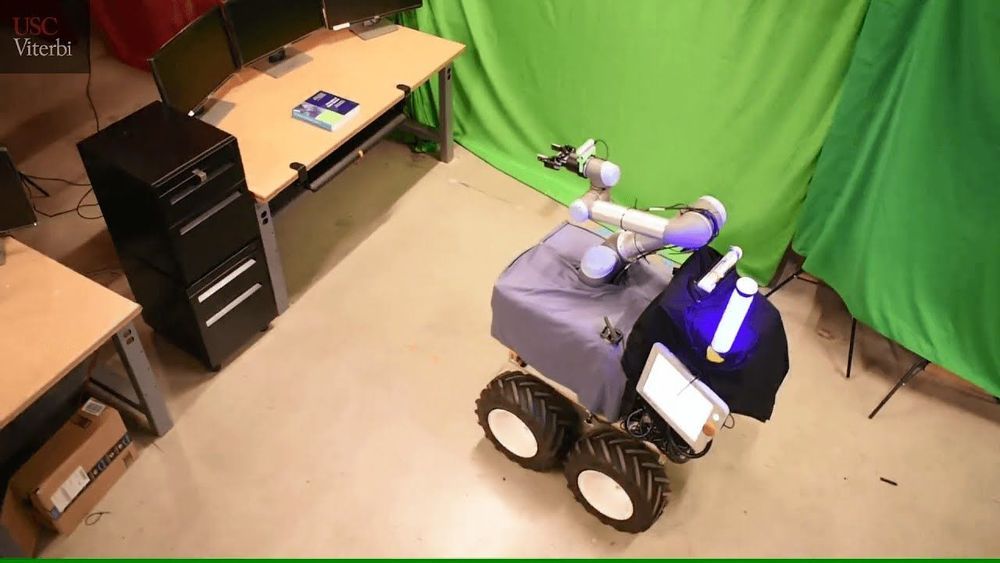
Video Friday is your weekly selection of awesome robotics videos, collected by your Automaton bloggers. We’ll also be posting a weekly calendar of upcoming robotics events for the next few months; here’s what we have so far (send us your events!):
Let us know if you have suggestions for next week, and enjoy today’s videos.
In 2017, a team of USC Viterbi researchers created ADAMMS (Agile Dexterous Autonomous Mobile Manipulation System), a robot designed to support repetitive human tasks, like transporting equipment or tending a 3D printer at 3 a.m. ADAMMS can perform specific actions like opening doors or picking up objects autonomously. These researchers, including postdoctoral researcher in the USC Viterbi Department of Aerospace and Mechanical Engineering Pradeep Rajendran, AME Ph.D student Shantanu Thakar, Department of Computer Science master’s student Hyojeong Kim and M.S. AME’18 Vivek Annem, envisioned a tool that could support humans remotely.
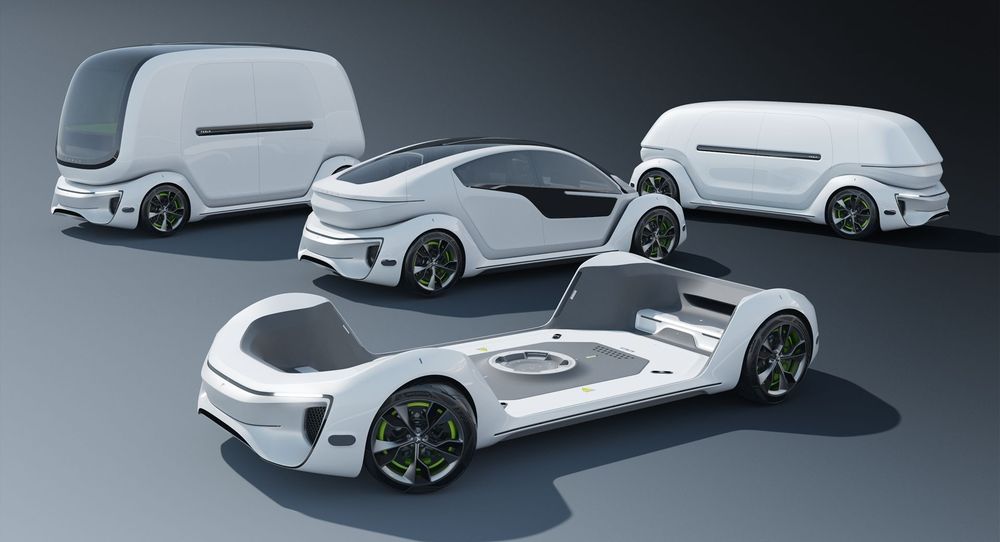

For the last couple of years, Artificial Intelligence (AI) has been changing many fields and increasing efficiency by using improved datasets. One of those areas where AI has accelerated evolution is the robo-advisory, which is a field having extensive financial big data to analyze.
Robo-advisors are the systems that use algorithms to automatically perform investment decisions or tasks which are mostly done by human advisors. “Robo advisors are a potential solution to the complexities of financial decision making,” said Jill E. Fisch, a law professor at the University of Pennsylvania at a conference of Pension Research Council.
In the main scheme, robo-advisors are merging customers’ information such as their financial goals, risk tolerances, timeframes, with the right asset allocation that qualifies customer’s needs. While making this merge, they use many algorithms including machine learning models to create the best fit for the customer. In the process of timeframe, they take lots of actions as well such as rebalancing the portfolio or performing tax-loss harvesting. This automatically increases efficiency while taking decisions at the right time for the portfolio.